The aubergine, or Solanum melongena, is a vegetable plant from the Solanaceae family, appreciated for its fleshy fruits with smooth, shiny skin. Grown as an annual in our latitudes, it offers a great diversity of shapes and colours, ranging from deep purple to white, including green and striped varieties. Growing it in the vegetable garden is rewarding, but it requires warmth and patience. Sowing aubergines allows you to choose from many varieties, save money, and control the plant's growth cycle. Follow our step-by-step guide to successfully sow your aubergine seeds.
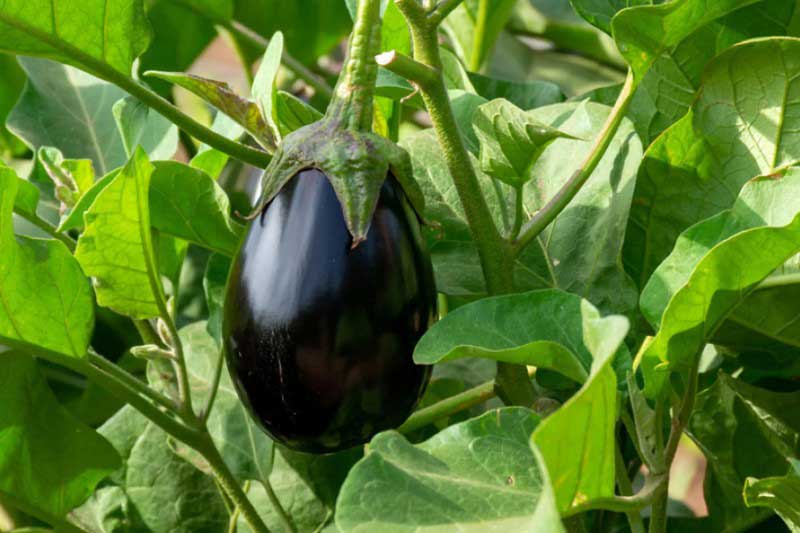
When to sow aubergine seeds?
As aubergines are heat-demanding plants, sowing should be done early in the season, under heated cover:
- Indoor sowing: from February to March, at a constant temperature of 20 to 25°C.
- Transplanting into buckets: when the seedlings have 2 to 3 true leaves, usually 4 to 6 weeks after sowing.
- Planting out in the garden: after the last frosts, mid-May to early June, when the soil temperature exceeds 15°C.
Early sowing allows for a more abundant and extended harvest throughout the season.
How to sow aubergine seeds?
Required materials
- Aubergine seeds
- Buckets or pots
- Special sowing compost, light and well-draining.
- A mini greenhouse (facultative)
- A watering can with a fine rose, for gentle watering without displacing the seeds.
- Labels to identify the varieties you have sown.
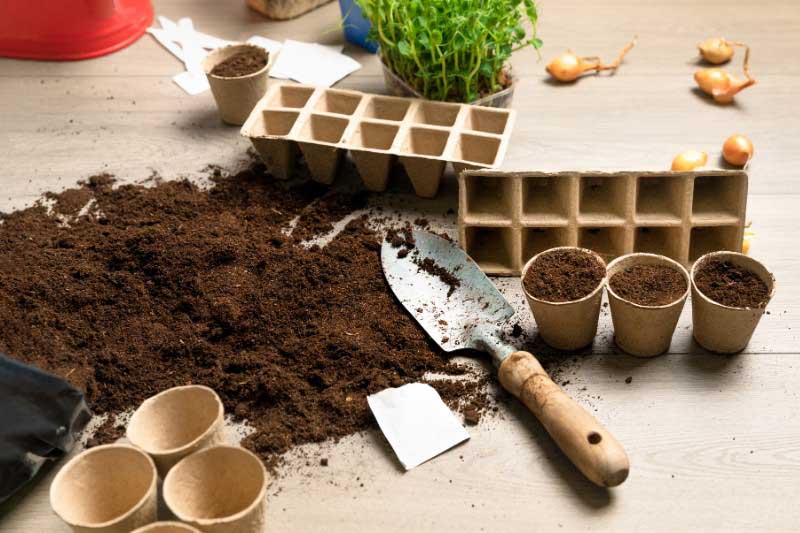
Practical steps for sowing aubergines
Aubergine sowing is done indoors or in a heated greenhouse, as the plant needs warmth to germinate and grow. Seedlings can be placed indoors near a heat source (radiator, heating mat) and a well-exposed window, as good light is essential to prevent etiolation of the seedlings. Using a mini greenhouse is facultative, but it helps maintain a constant temperature and adequate humidity.
To facilitate seed germination, you can start by stratifying them by placing them in the refrigerator for a few days (4 to 5°C). This will help break dormancy.
Here are the steps to successfully sow aubergine seeds:
- Start by filling the pots or buckets with special sowing compost.
- Sow 2 to 3 seeds per bucket, at a depth of 0.5 cm.
- Cover the seeds with a thin layer of sieved compost.
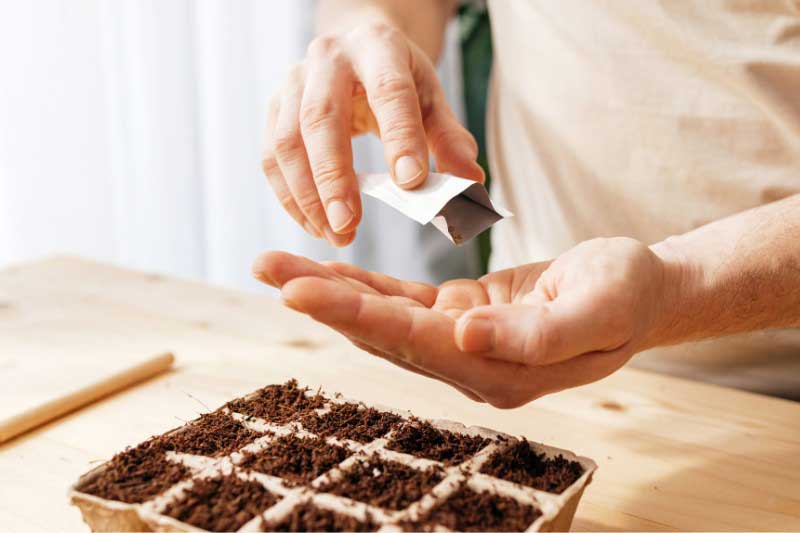
- Gently moisten the substrate with a sprayer or a watering can with a fine rose, to avoid displacing the seeds.
- You can place the pots in a mini greenhouse or cover them with plastic film (facultative).
- Place them in a bright spot, out of direct sunlight, at a temperature of 20 to 25°C.
- Seeds usually germinate in 7 to 10 days, but they may sometimes take longer to sprout. Remove the pots from the mini greenhouse as soon as the seedlings appear.
- When the seedlings have 2 to 3 true leaves, transplant them into individual buckets to give them room to grow properly.
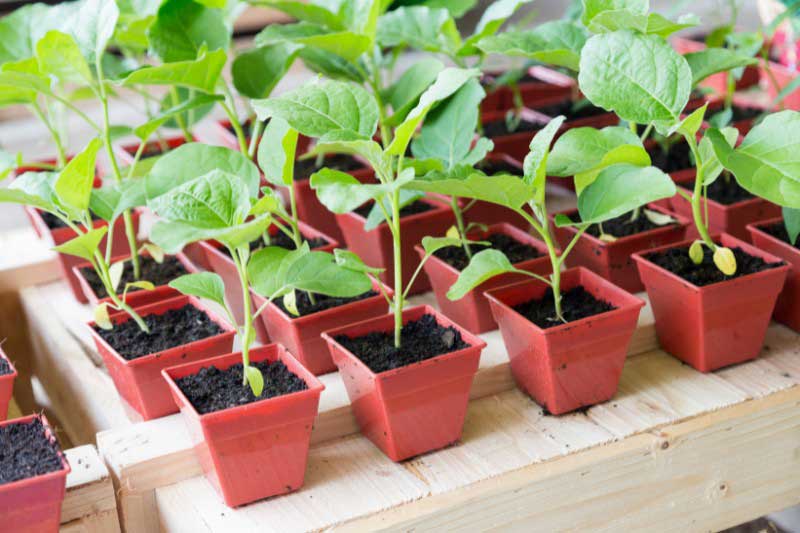
After sowing: care and maintenance of young aubergine plants
- Watering: keep the substrate moist, without excess, to prevent damping off.
- Light: place the seedlings in a bright spot to prevent etiolation.
- Temperature: maintain a temperature of 18 to 20°C to encourage growth.
- Transplanting outdoors: after the last frosts, gradually acclimatise the plants to the outdoors before planting them in the ground, spacing them 50 to 60 cm apart.
- Protection: use mulch to retain moisture and limit weeds.
By following these steps and providing the necessary care, you will enjoy beautiful aubergines to savour throughout the summer.
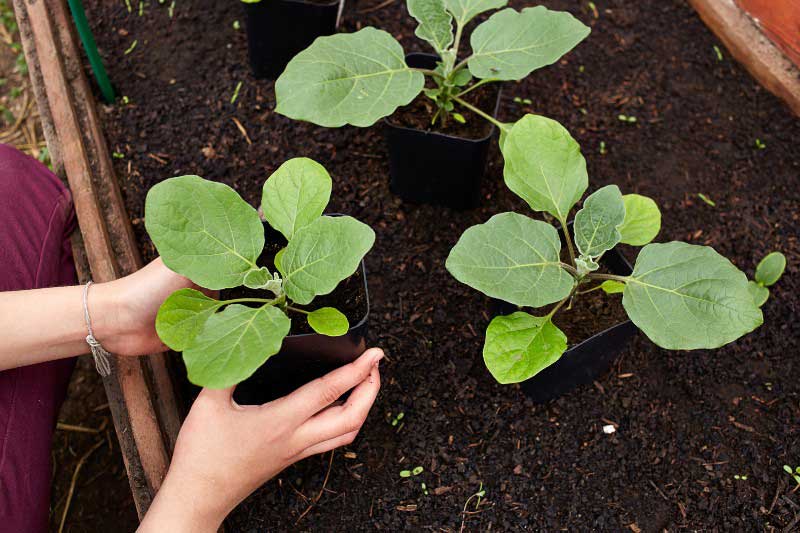
































Comments